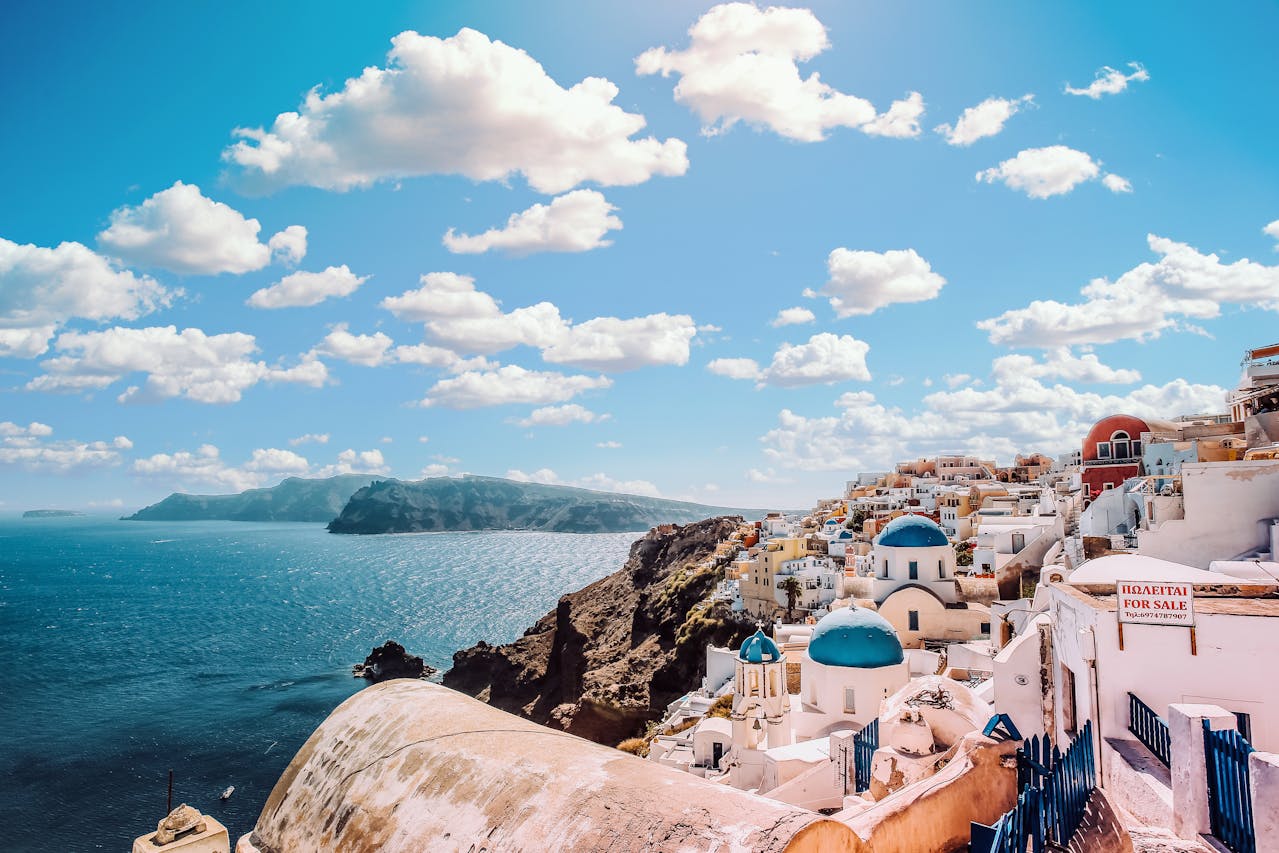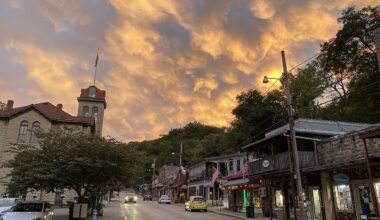Across Europe, busy destinations are tightening access to protect daily life and fragile sites. Some places now ask day visitors to pay a small fee, while others require timed tickets or prebooked coach slots. On top of local rules, travelers from many visa-exempt countries will soon need ETIAS, a low cost pre-travel authorization for much of Europe. None of this kills spontaneity. It rewards simple planning, spreads crowds more evenly, and helps pay for the services that keep historic centers standing.
Venice, Italy
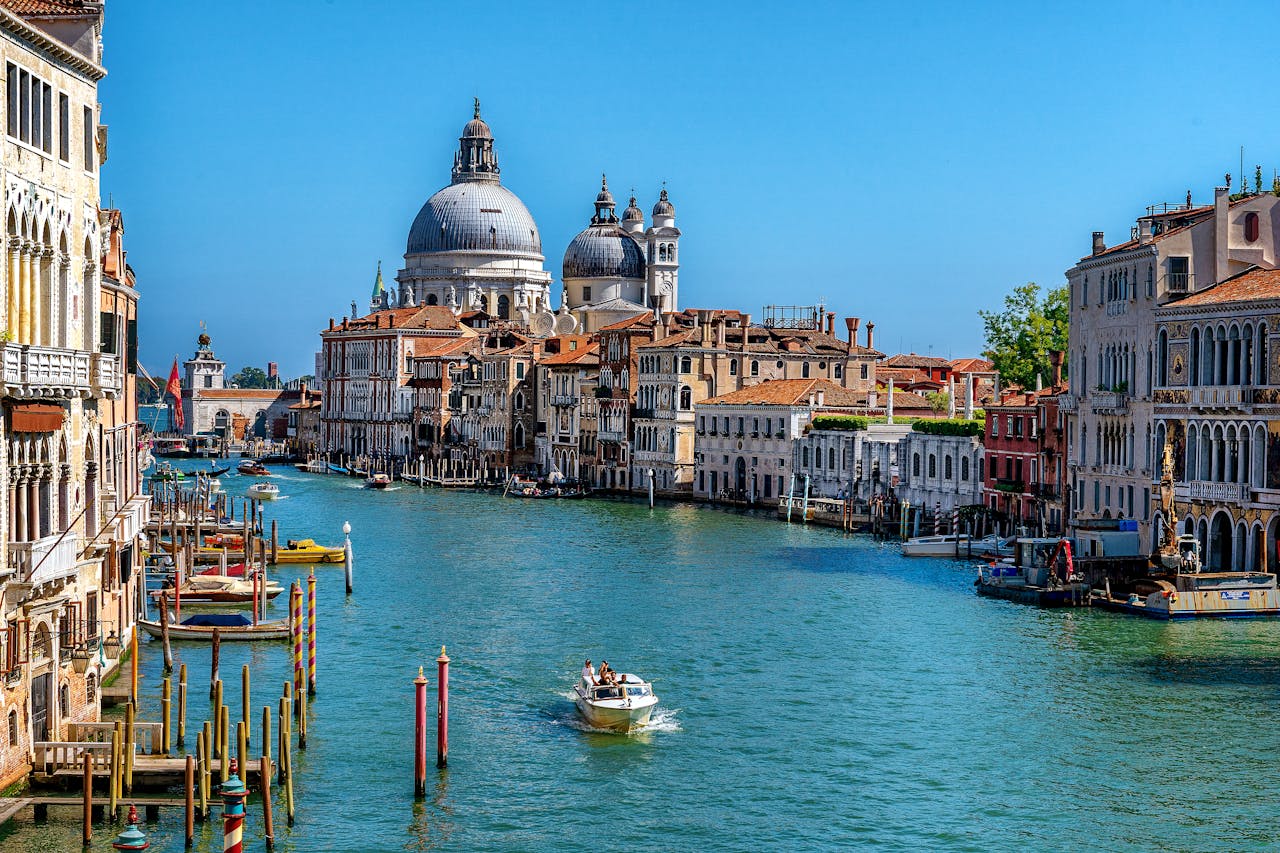
Venice charges day visitors on selected peak dates and asks them to register for a QR code that is checked during the day. Overnight guests already pay a lodging tax, so the new fee focuses on quick visits that strain canals, bridges, and waste collection without adding much local spend. The intent is not to wall off the city. It is to make short stays match their real costs, shift arrivals away from the tightest hours, and keep calli walkable for residents.
Amsterdam, Netherlands
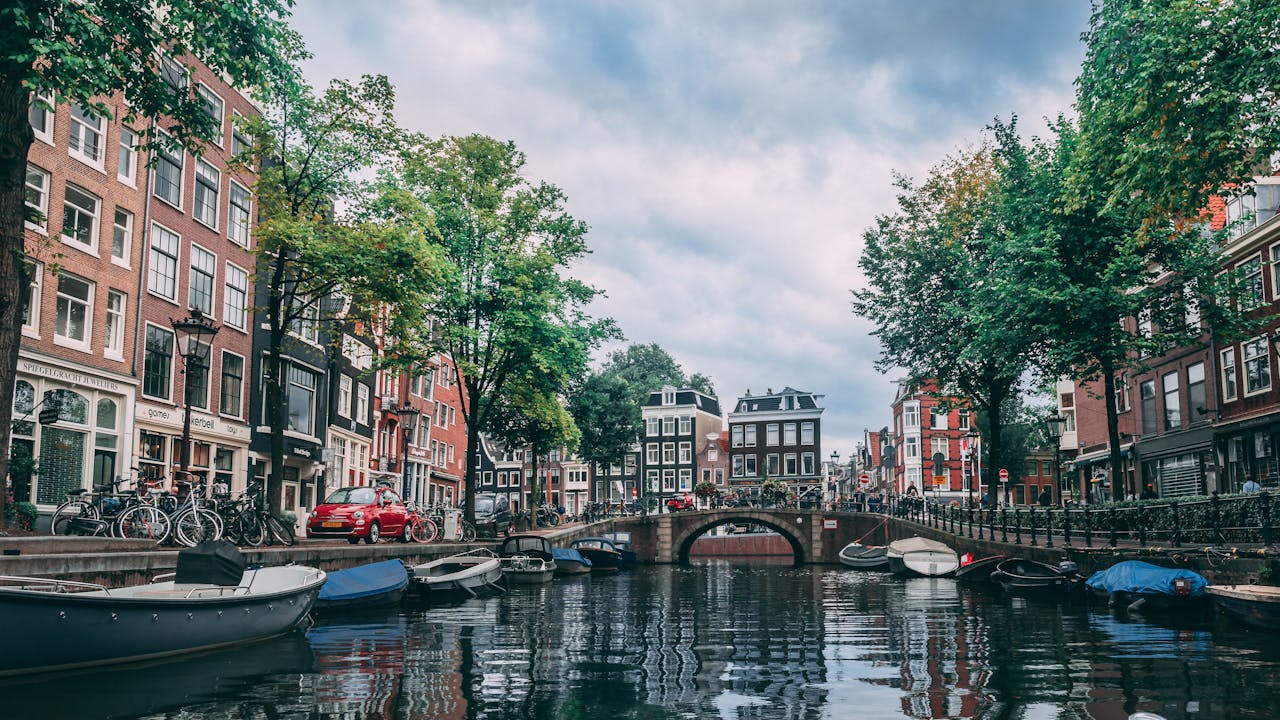
Amsterdam links tourism to services with a high hotel tax and a per person cruise levy that bills short stays for cleaning, policing, and crowd control around terminals. Day callers still enjoy the canals, but brief visits now fund basics that were falling on locals. The city also nudges noisy groups out of fragile quarters at night, then reinvests revenue in transit and preservation. The result is fewer bottlenecks near docks and a center that feels less like a corridor.
Barcelona, Spain
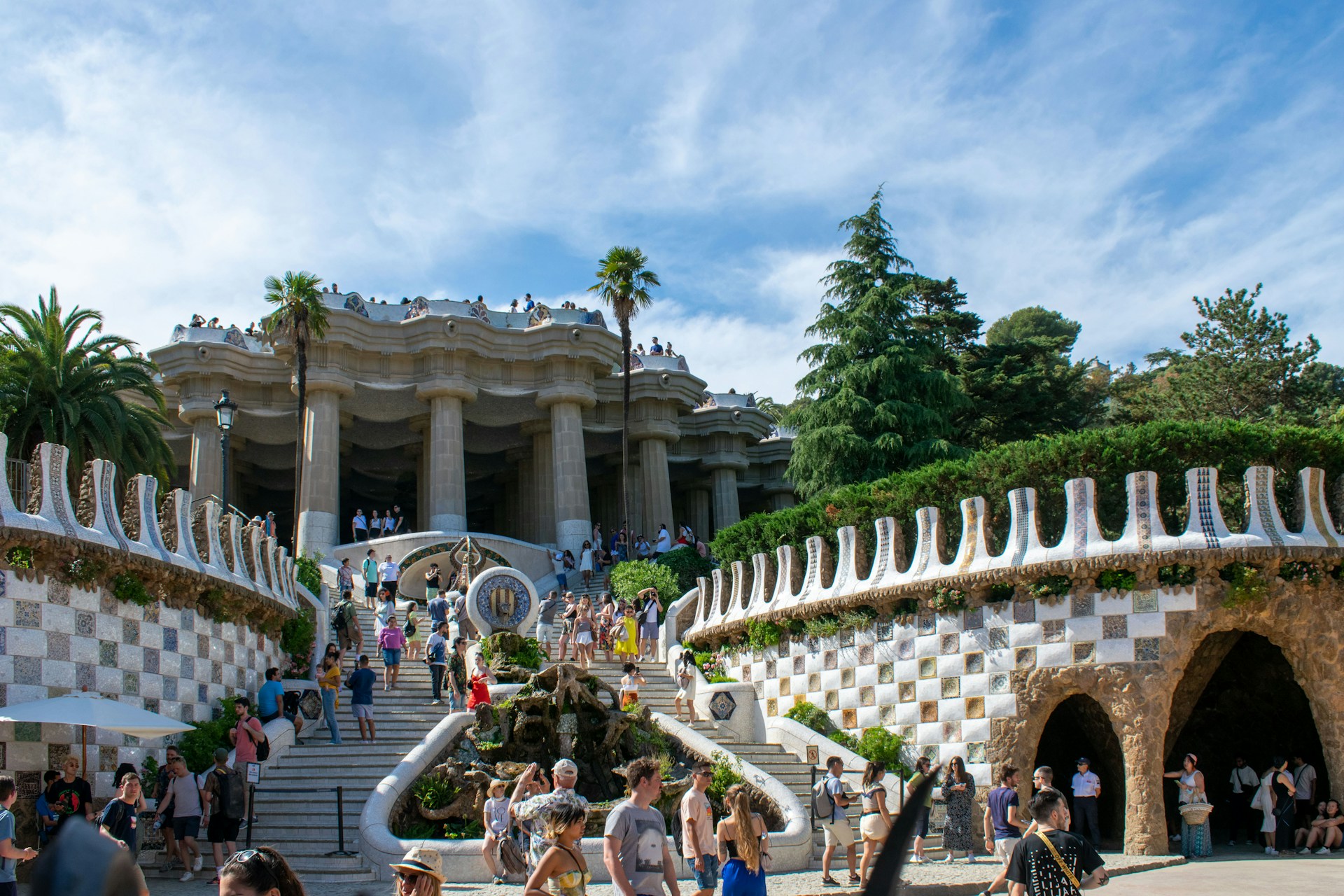
Barcelona targets quick hits from large ships that pour thousands into Ciutat Vella for only a few hours. A higher fee for short cruise calls is moving through regional approval, with funds earmarked for public projects like shade in schoolyards and street maintenance. The message is practical. If a visit is short, crowded, and resource intensive, it should help pay for the cleanup. Spacing arrivals and charging a modest amount protects both streets and patience.
Bruges, Belgium

Bruges plans a small per person fee on cruise and coach day visitors to pair with its hotel levy. Medieval lanes and canals cannot absorb endless waves of quick tours without wear, and the city has chosen pricing and scheduling over endless bans. By coordinating with the port and bus operators, Bruges aims to balance postcard charm with the needs of residents who use the same bridges and squares daily. The chocolate still tastes as good, just with fewer elbows.
Hallstatt, Austria
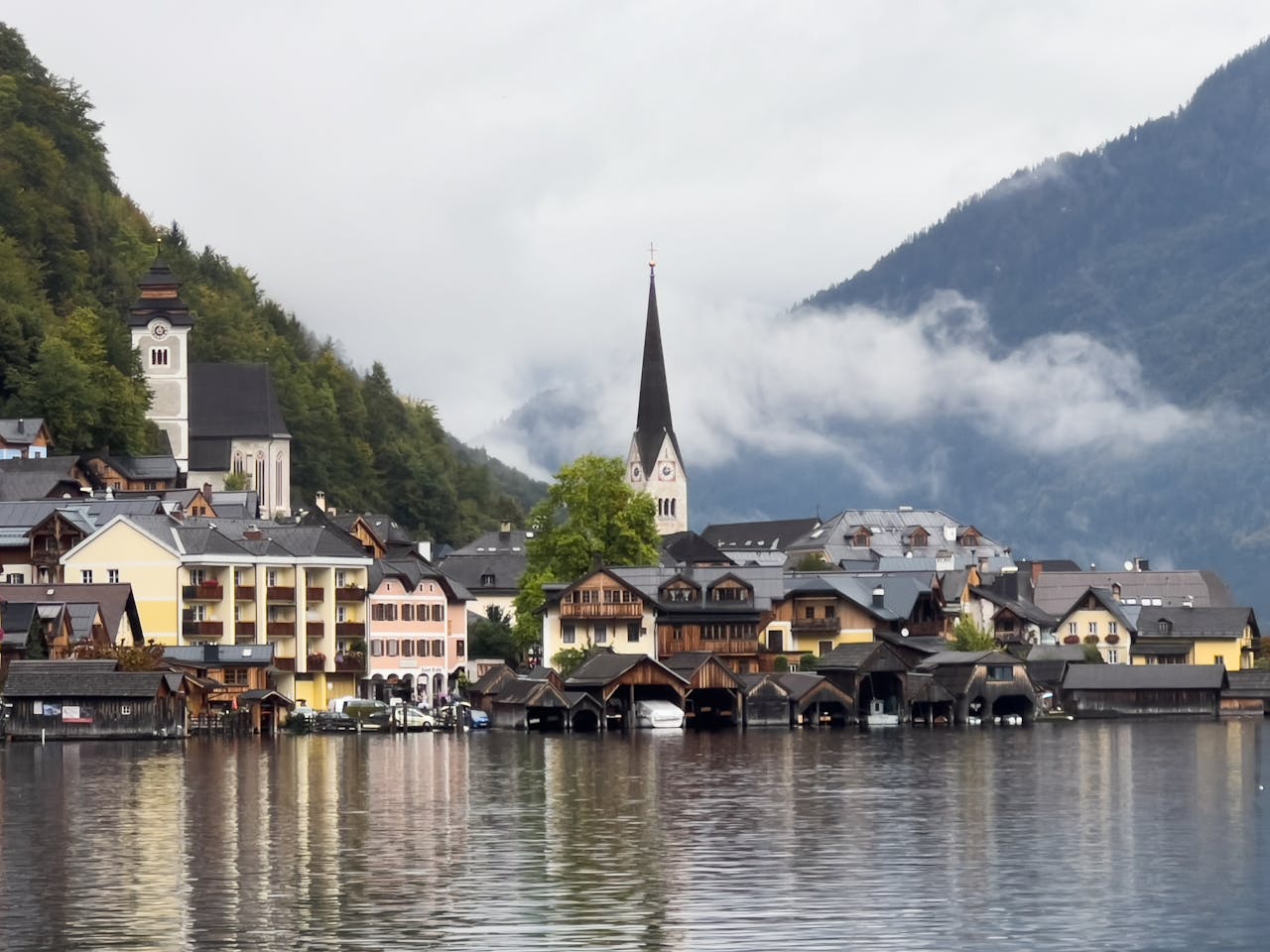
Hallstatt requires tour buses to prebook time slots and pay online, with QR checks at the terminal to prevent surprise surges. The lakeside village sits on tight roads where one mistimed arrival gridlocks the day. Slotting coaches spreads groups through morning and afternoon and shortens dwell times. Visitors still get the view and the lakeside path. Locals keep school runs and errands moving. It is choreography, not gatekeeping, and it works because the map is small.
Athens, Greece
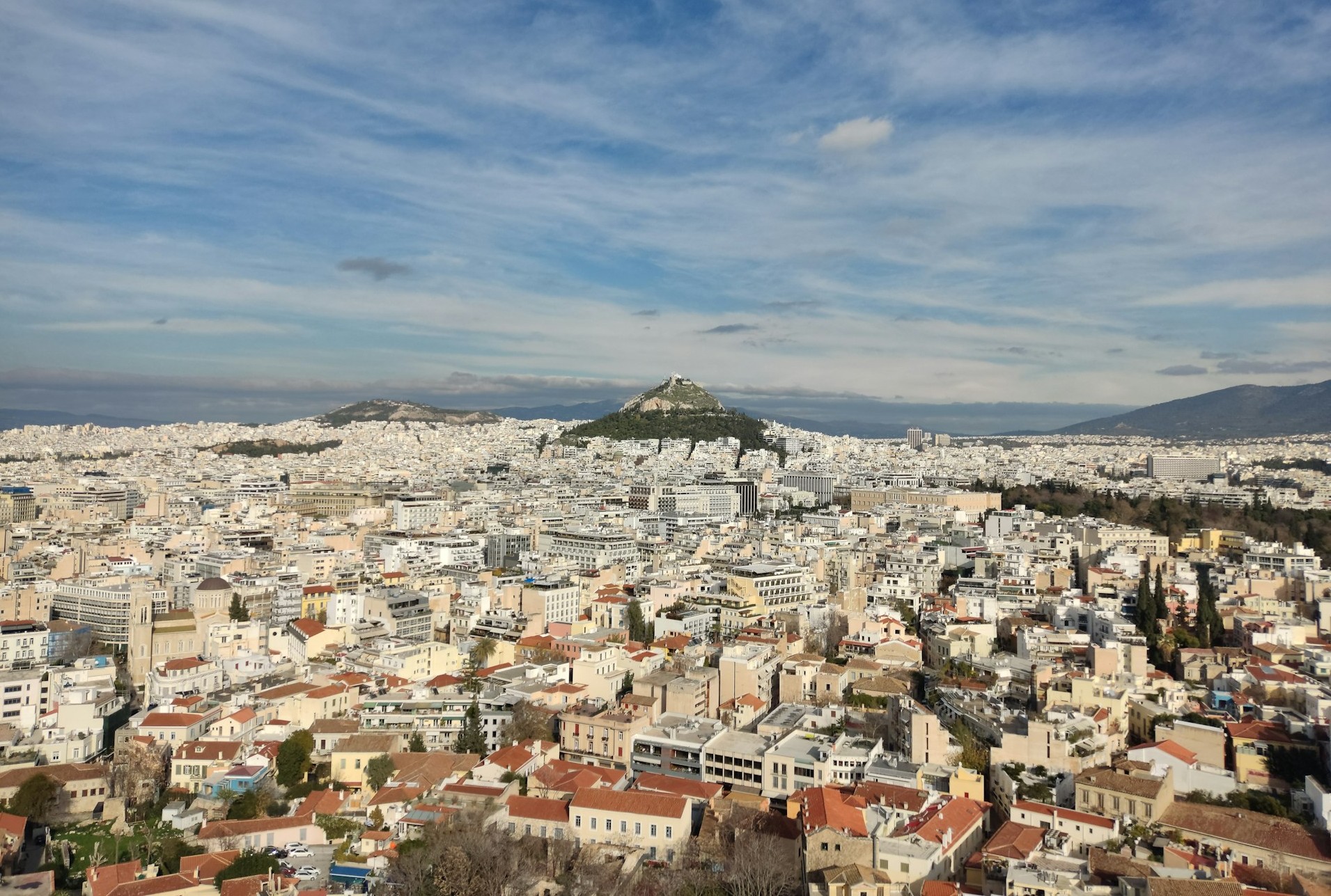
Athens added timed entries and caps at the Acropolis to stop midday crushes that once overwhelmed the plateau. Tickets assign hours, which evens out lines at the Propylaea and protects marble that should outlast any season. The city benefits when its anchor site runs smoothly. Vendors, guides, and nearby museums see steadier traffic, and the hill itself breathes. Good planning turns a single morning shock into an all day welcome that still feels human.
Dubrovnik, Croatia
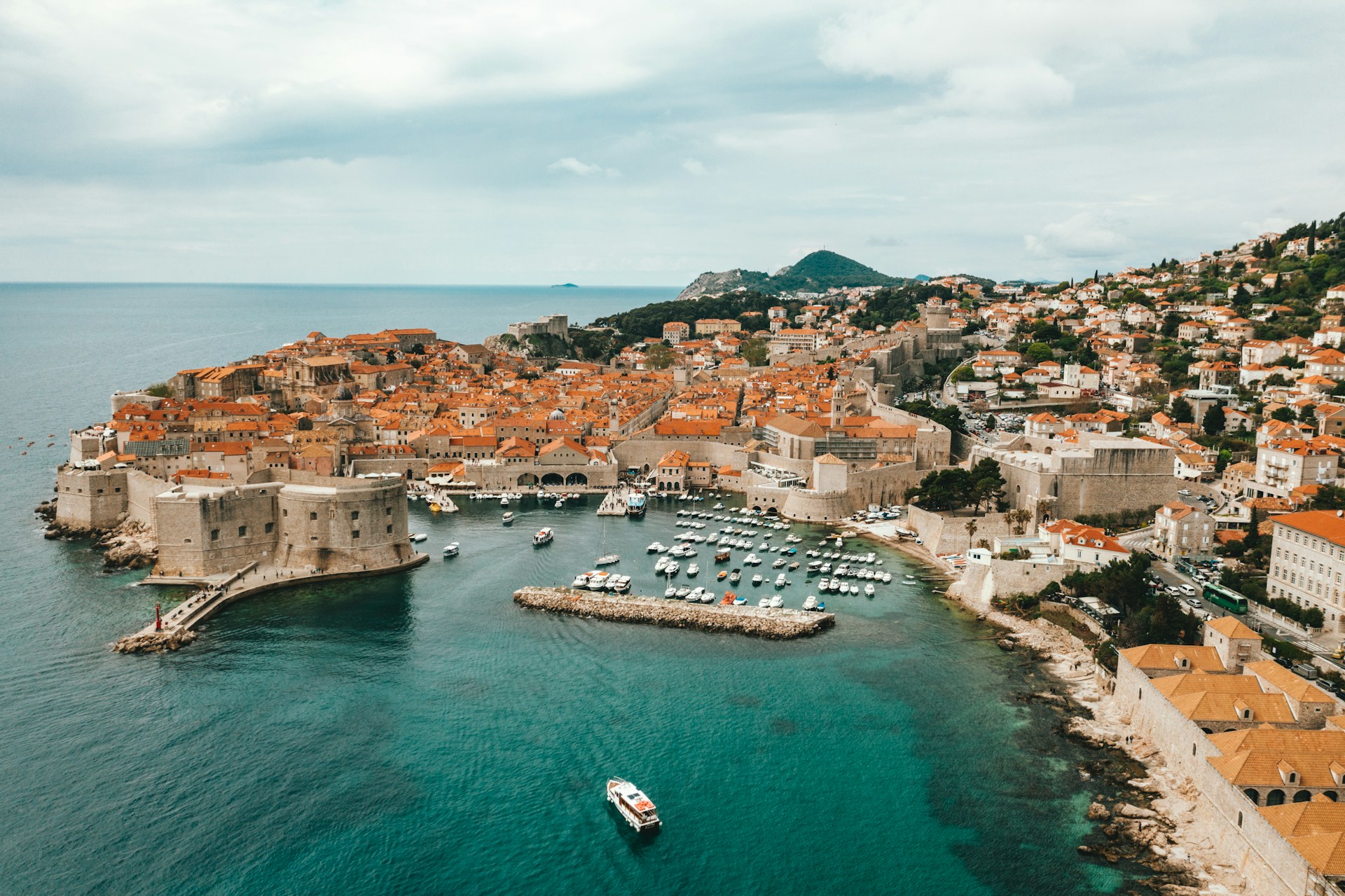
Dubrovnik manages arrivals with limits on daily cruise passengers and tighter scheduling, keeping only a few ships in port at once. The old walls are not a theme park. They are stone, stairs, and narrow gates that fail under unchecked crowds. By capping numbers and charging per passenger fees, the city funds maintenance and keeps Stradun walkable. Guides lead smaller waves, restaurants serve without sprinting, and residents can still cross town to work on time.
Santorini, Greece
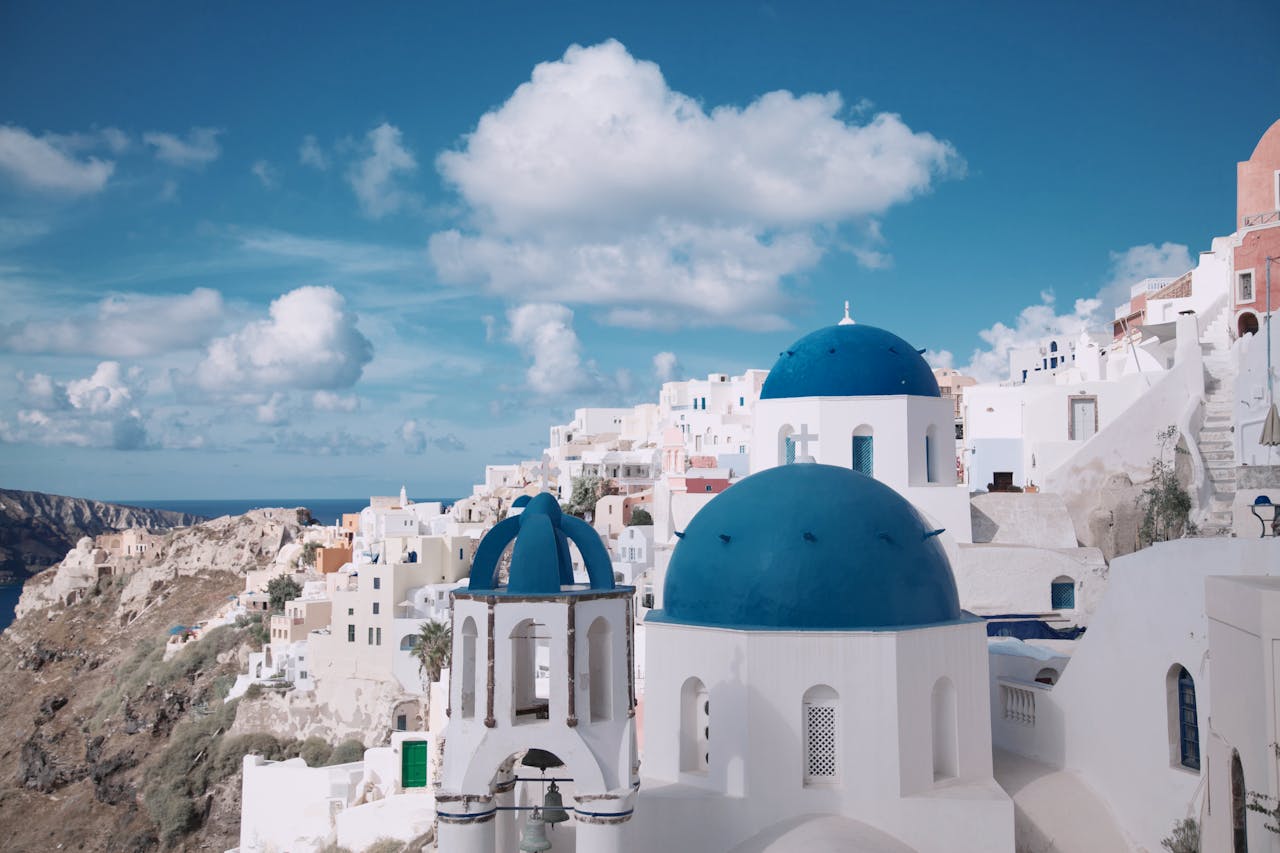
Santorini uses a digital berthing system to assign tender windows and caps total cruise passengers per day. Clifftop towns with small lanes cannot absorb constant drops of thousands at once. Spacing landings cuts the queues for cable cars and buses and gives villages room to function. A modest levy helps keep paths repaired and services staffed. Fewer peak hour arrivals mean sunsets that feel like a gathering, not a stampede.
Cinque Terre, Italy
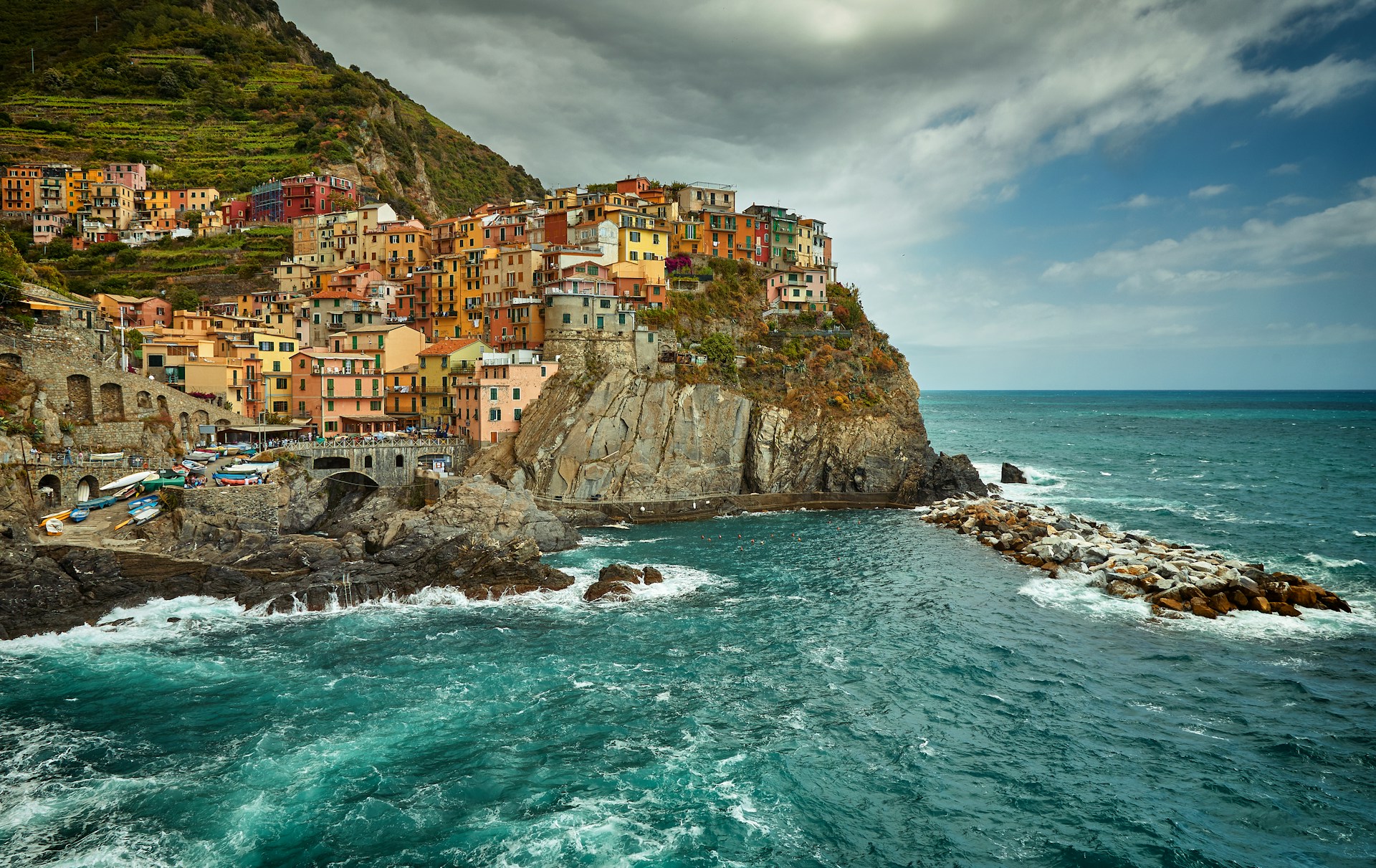
Cinque Terre ties access to its coastal trails to a trekking card, with higher peak rates and timed slots on the most fragile segments. Revenue funds maintenance after storms and rockfalls, while controlled entry keeps platforms, stairs, and tiny piazzas usable through summer. Villages remain open, but the paths run better when walkers are spaced and informed. The trails survive, trains stay practical, and the views feel earned rather than elbowed.
Florence, Italy
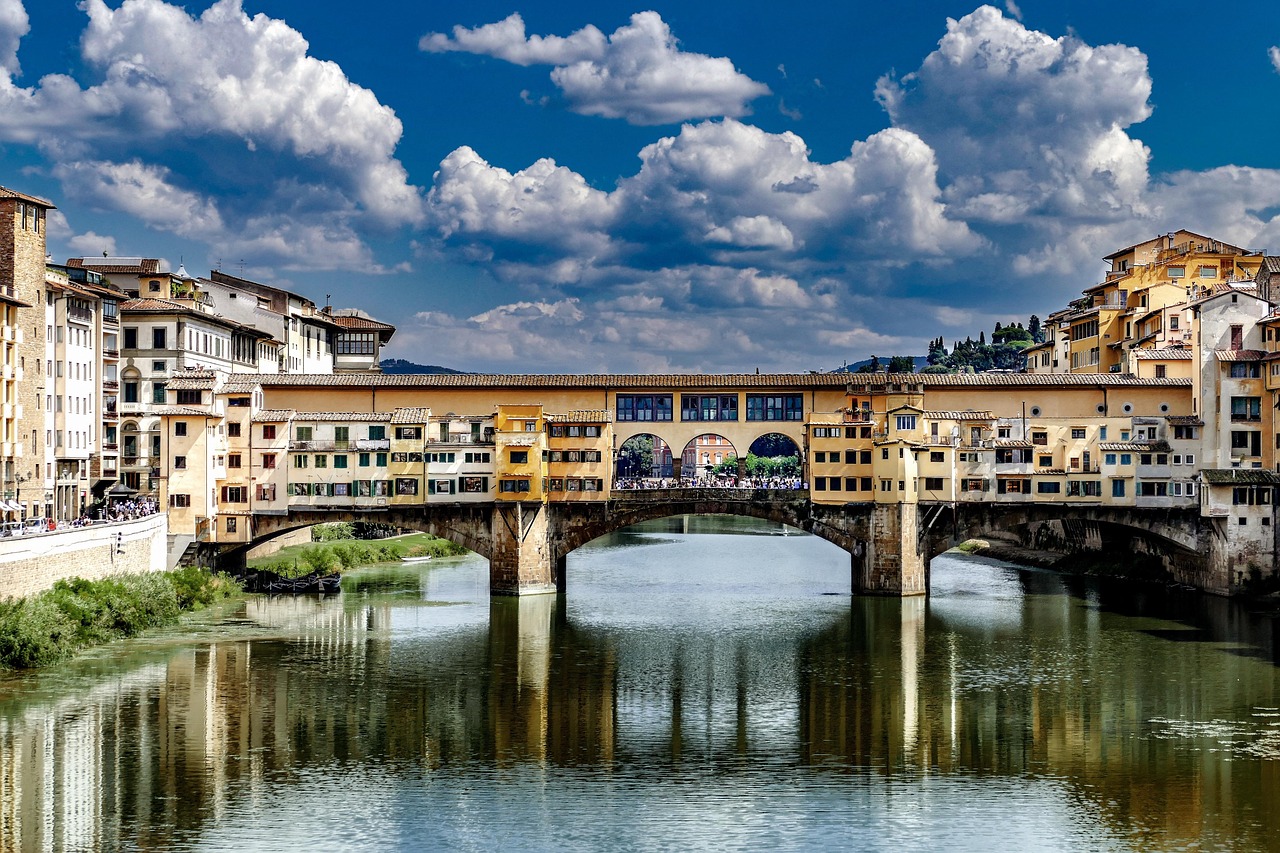
Florence enforces Limited Traffic Zones in the historic core and requires advance permits for tour coaches, with cameras issuing fines to unregistered vehicles. The policy protects air quality, prevents gridlock on narrow streets, and moves drop offs to designed zones. Groups still reach the Duomo and the Uffizi, just with cleaner buses and calmer blocks. When the street plan respects the city, the city feels generous in return.
